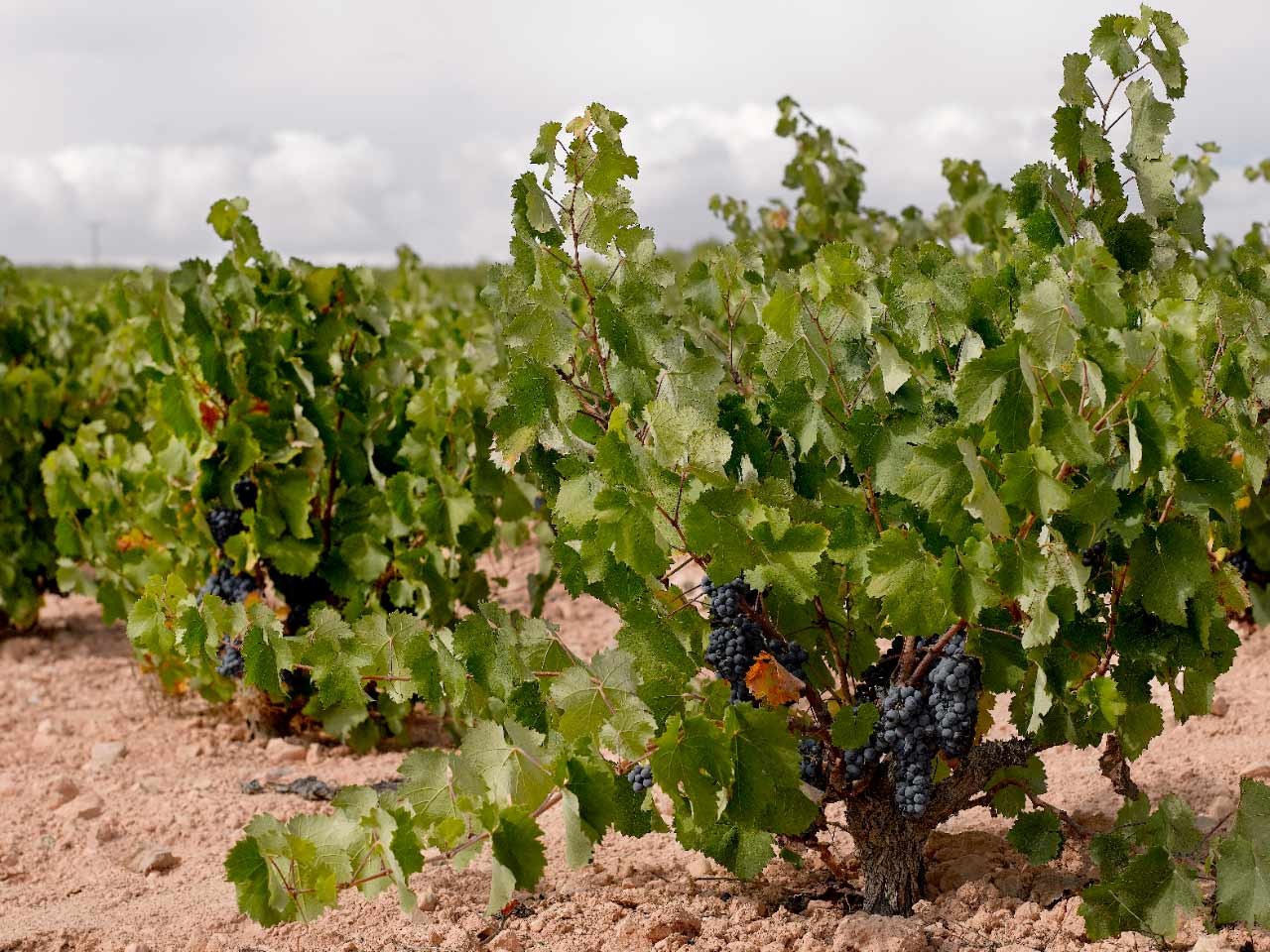.png.transform/rendition-xs/image_image%20(1).png)
Beyond Tempranillo: Exciting Reds from Spain’s Lesser-Known Native Varieties
It’s no secret that Spain lays claim to some of the greatest red wines in the world—but beyond the famed Tempranillo-based blends of Rioja and Ribera del Duero, there’s a whole universe of unique native grapes waiting to be explored in the country’s other, often-overlooked subregions and terroirs.

In fact, in the nation with the most area planted to the vine—not to mention the most acreage of organic vineyards anywhere in the world—red varieties make up a full 51% of all vineyards. And while Tempranillo may still lead the way in terms of total production, other unique native varieties are being increasingly discovered by intrepid wine lovers and curious sommeliers, with a whole new world of flavors, aromas, and pairing possibilities prime for discovery.
Ready to learn more? From north to south, east to west, the lesser-known regions and red grapes of Spain are guaranteed to impress.
Galicia
In the country’s northwest—an area known as “Green Spain” for its cool, lush, maritime climate—Galicia is famous for its crisp, mineral-laden whites. . . but did you know the region also produces its fair share of terroir-transparent reds? Native red variety Mencía shines here, producing an aromatic, structured, and vibrant wine perfect for lovers of Gamay, Pinot Noir, and Cabernet Franc.
Castilla y Leon
Southeast of Galicia and north of Madrid, Castilla y Leon’s subregion of Bierzo boasts a continental climate, high altitude vineyard sites, and a range of wines that retain their freshness and lift even in higher alcohol expressions. In addition to Mencía, the area is acclaimed for native Garnacha Tintorera (also known as Alicante Bouschet), a deeply pigmented, highly tannic variety.
Sierra de Gredos
Northwest of Madrid, the Sierra de Gredos mountain range spans three provinces and possesses an arid, rocky terroir famous for its ethereal, red-fruited, and Burgundian expression of native grape Garnacha—not to mention some of the oldest vines in the world.
Catalunya
Home to world-famous subregion Priorat, Catalunya is acclaimed for its dense, powerful Garnacha-driven reds—but this region is no one hit wonder when it comes to native grapes. Cariñena (also known as Mazuelo) also shines in this sunny, arid, and geologically-unique terroir, producing robust, brambly reds often used in blending to add structure, acidity, and tannin.
Murcia
Southeastern Spain’s Mediterranean-influenced Murcia region boasts an abundance of old vines on its sandy limestone soils, not to mention full-figure native red variety Monastrell (also known as Mourvèdre), which is beloved for its intense, spicy, and often herbaceous flavor profile.
Islas Canarias
The Canary Islands are truly a terroir like no other in the world. More than 100 kilometers off the coast of Africa, this volcanic island chain has its own set of autochthonous grapes grown almost nowhere else in the world, with Listán Negro leading the way—elegant, peppery, and aromatic, this one-of-a-kind grape draws favorable comparisons to Gamay, especially when produced using carbonic maceration.

